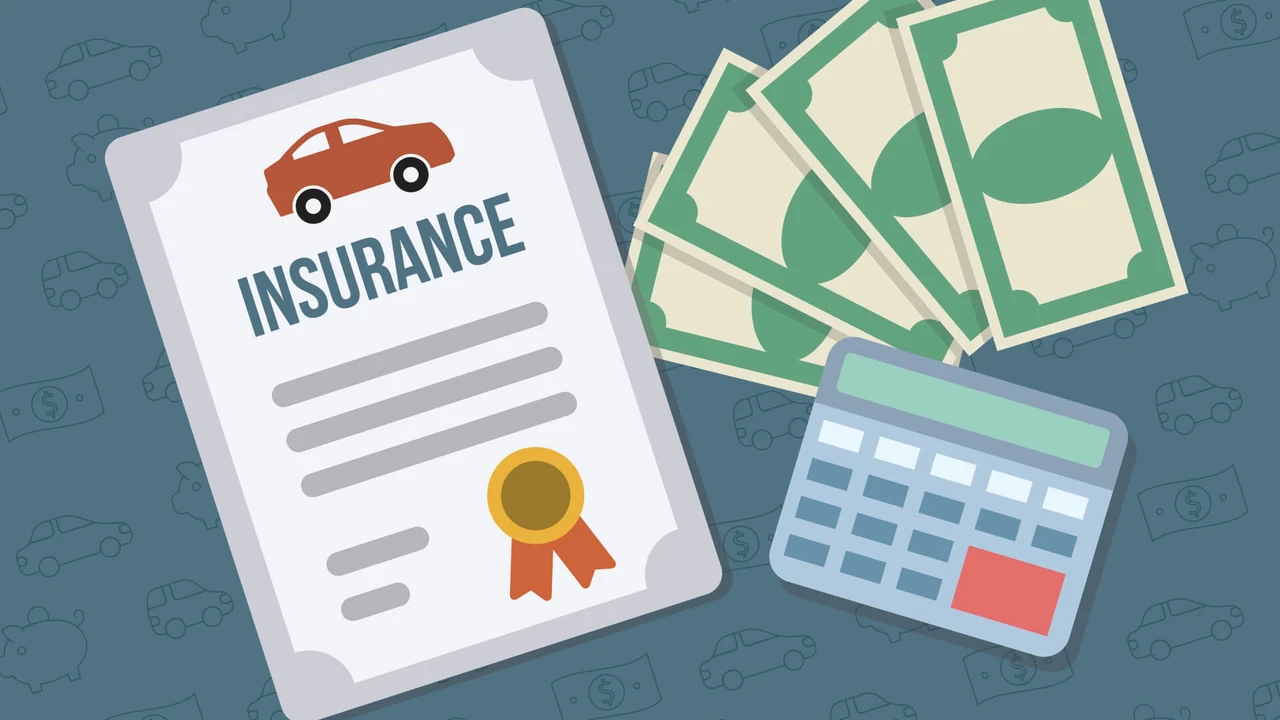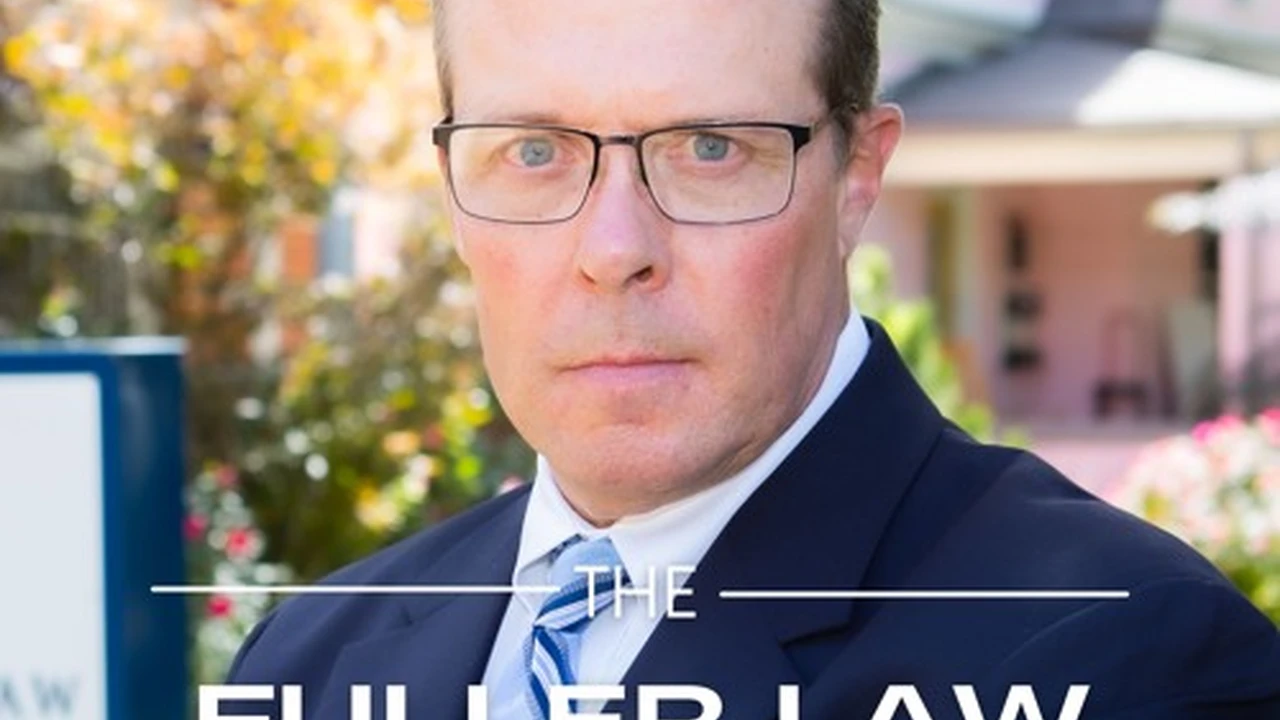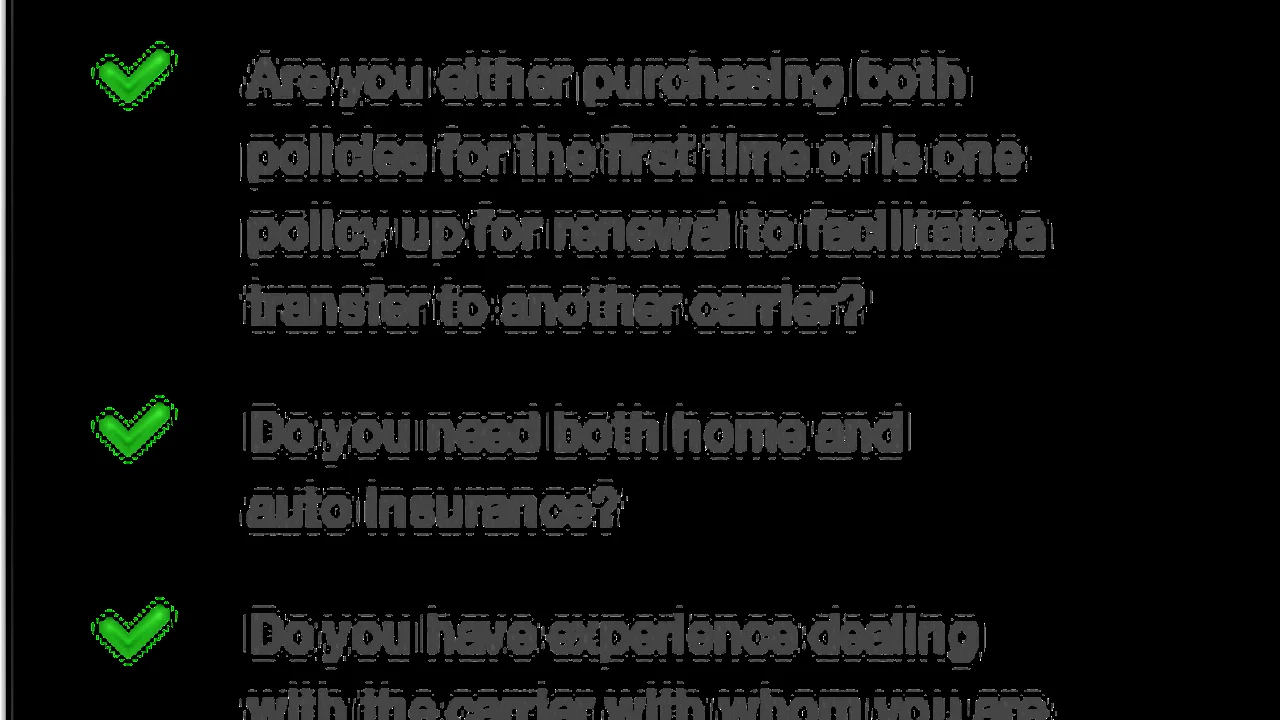Understanding the Fine Print: Decoding Your Policy

Navigating the Labyrinth Car Insurance Policy Jargon
So, you've got your car insurance policy. It's probably sitting in your glove compartment, or maybe it's a PDF buried somewhere on your computer. Let's be honest, most of us don't actually read it. We just trust that it's there, protecting us from the worst-case scenarios. But what happens when you actually need it? That's when the fine print becomes critically important. This isn't about scare tactics; it's about empowering you to understand what you're paying for. Think of it like learning a new language – the language of insurance!
First things first, ditch the idea that all policies are created equal. They're not. Each company has its own specific wording, exclusions, and limitations. That's why skimming is a recipe for disaster. We're going to break down the key areas you absolutely need to understand, making sure you're not caught off guard when you need your insurance the most.
Deciphering Declarations Page Your Car Insurance Cheat Sheet
The declarations page is your policy's cheat sheet. It's the first page (or two) and it summarizes the most important information. This page is critical for understanding your coverage limits, deductibles, and the specific vehicles and drivers covered under the policy. It's also where you'll find your policy number, which you'll need for any claims or inquiries.
Key Elements on the Declarations Page:
- Policy Number: Your unique identifier with the insurance company. Keep this handy!
- Policy Period: The dates your coverage is active. Note the start and end dates carefully.
- Insured: The name(s) of the person(s) covered by the policy. Make sure this is accurate.
- Vehicles Covered: List of all vehicles included in the policy, including make, model, and VIN. Double-check for accuracy.
- Coverage Types and Limits: This is the heart of the declarations page. It details the specific types of coverage you have (liability, collision, comprehensive, etc.) and the maximum amount the insurance company will pay for each type.
- Deductibles: The amount you pay out-of-pocket before your insurance kicks in. Lower deductibles mean higher premiums, and vice versa.
- Premium: The amount you pay for your insurance coverage.
Example: Let's say your declarations page shows a liability limit of $100,000/$300,000/$50,000. This means:
- $100,000: The maximum amount the insurance company will pay for bodily injury to one person in an accident you cause.
- $300,000: The maximum amount the insurance company will pay for bodily injury to all people injured in an accident you cause.
- $50,000: The maximum amount the insurance company will pay for property damage you cause in an accident.
Understanding Liability Coverage Protecting Your Assets from Car Insurance Claims
Liability coverage is arguably the most important part of your car insurance policy. It protects you financially if you cause an accident and injure someone else or damage their property. Without adequate liability coverage, you could be personally responsible for paying for medical bills, car repairs, and even legal fees. This could wipe out your savings, force you to sell assets, or even lead to wage garnishment.
Bodily Injury Liability: Covers medical expenses, lost wages, and pain and suffering for people injured in an accident you cause.
Property Damage Liability: Covers the cost of repairing or replacing damaged property, such as another person's car, fence, or building.
How Much Liability Coverage Do You Need? The general rule of thumb is to get as much liability coverage as you can afford. Consider your assets – your home, savings, investments – and choose a liability limit that would adequately protect them in the event of a serious accident. Many experts recommend at least $100,000/$300,000/$50,000, but higher limits are always better, especially if you have significant assets.
Collision and Comprehensive Coverage Protecting Your Vehicle from Financial Loss
While liability coverage protects others, collision and comprehensive coverage protect your vehicle. These are often optional coverages, but they can be invaluable if your car is damaged in an accident or by other events.
Collision Coverage: Pays for damage to your car if you collide with another vehicle or object, regardless of who is at fault. This is useful if you cause an accident or if you're hit by an uninsured driver.
Comprehensive Coverage: Pays for damage to your car caused by events other than collisions, such as theft, vandalism, fire, hail, flood, or hitting an animal. Basically, anything that isn't a collision falls under comprehensive.
Do You Need Collision and Comprehensive? Consider the age and value of your car. If your car is older and not worth much, it may not be worth paying for collision and comprehensive coverage. However, if you have a newer car or one that's still worth a significant amount, these coverages can provide peace of mind. Also, if you have a loan on your car, your lender will likely require you to carry both collision and comprehensive coverage.
Uninsured and Underinsured Motorist Coverage Protecting Yourself from Negligent Drivers
What happens if you're hit by an uninsured driver or a driver who doesn't have enough insurance to cover your injuries and damages? That's where uninsured and underinsured motorist coverage comes in. This coverage protects you and your passengers if you're injured in an accident caused by a driver who doesn't have insurance or doesn't have enough insurance.
Uninsured Motorist (UM) Coverage: Pays for your medical bills, lost wages, and pain and suffering if you're injured by an uninsured driver.
Underinsured Motorist (UIM) Coverage: Pays for your medical bills, lost wages, and pain and suffering if you're injured by a driver who has insurance, but their limits aren't high enough to cover your damages.
Why is UM/UIM Coverage Important? Unfortunately, many drivers on the road are uninsured or underinsured. Without UM/UIM coverage, you could be stuck paying for your medical bills and other expenses out of pocket. In some states, you can even stack your UM/UIM coverage, meaning you can combine the limits from multiple policies to increase your coverage amount.
Exclusions and Limitations Car Insurance Coverage Gaps to Watch Out For
This is where the real "fine print" comes into play. Exclusions and limitations are the specific situations or events that are not covered by your policy. These can be buried deep within the policy wording, so it's crucial to read them carefully. Common exclusions include:
- Intentional Acts: Damage caused intentionally is almost always excluded.
- Racing: If you're involved in a racing event, your insurance likely won't cover any damages.
- Using Your Car for Commercial Purposes: If you're using your car for ride-sharing or delivery services without the proper commercial insurance, your personal policy may not cover you.
- Driving Under the Influence: Accidents that occur while you're driving under the influence of alcohol or drugs are typically excluded.
- Unlisted Drivers: If someone who isn't listed on your policy is driving your car and causes an accident, your insurance may not cover the damages.
Limitations refer to specific caps on coverage. For example, your policy might have a limit on how much it will pay for custom equipment or aftermarket modifications to your car.
Understanding Policy Definitions Car Insurance Terminology Demystified
Insurance policies are full of jargon that can be confusing. Understanding the definitions of key terms is essential for interpreting your policy correctly. Here are a few common terms:
- Insured: The person or entity covered by the policy.
- Policyholder: The person who owns the policy and is responsible for paying the premiums.
- Premium: The amount you pay for your insurance coverage.
- Deductible: The amount you pay out-of-pocket before your insurance kicks in.
- Claim: A request for payment from the insurance company for a covered loss.
- Endorsement: An amendment or addition to your policy that changes the coverage.
Specific Product Recommendations and Comparisons for Car Insurance Needs
Okay, let's get practical. While I can't endorse specific insurance companies (that would be unethical and potentially illegal!), I can give you examples of the types of products available and how they might fit different scenarios. Remember to always get quotes from multiple companies and compare coverage and prices before making a decision.
Usage-Based Insurance (UBI) Programs: Progressive Snapshot vs. Allstate Drivewise
UBI programs track your driving habits using a mobile app or a device plugged into your car. They monitor things like speeding, hard braking, and nighttime driving. If you're a safe driver, you can earn discounts on your premiums. These programs are great for:
- Safe Drivers: If you consistently drive safely, you can save money.
- Low-Mileage Drivers: Some UBI programs also reward drivers who don't drive much.
- Young Drivers: Young drivers often face higher premiums, so UBI programs can help them lower their costs.
Progressive Snapshot: Known for its ease of use and potential for significant discounts. However, aggressive driving can lead to premium increases.
Allstate Drivewise: Offers a similar program with potential discounts. Some users report that it's less sensitive to minor driving infractions.
Comparison: Both programs offer discounts, but the magnitude of those discounts can vary significantly based on driving behavior. If you have a lead foot, Snapshot might not be the best choice. Drivewise might be a bit more forgiving. The "price" here is your privacy, as both programs collect driving data.
Gap Insurance: Protecting Yourself from Vehicle Depreciation
Gap insurance is a great supplemental insurance product. The product is designed to cover the “gap” between what you owe on your car loan and what your car is actually worth if it is totaled. This is especially useful for new cars, which depreciate quickly.
Considerations: If you made a small down payment, have a long loan term, or bought a vehicle that depreciates quickly, gap insurance is worth considering. The "price" is relatively low, often a few dollars a month, but the peace of mind can be significant.
Rideshare Insurance: Bridging the Gap for Uber and Lyft Drivers
If you drive for Uber or Lyft, your personal car insurance policy likely won't cover you during the "gap" periods when you're logged into the app but haven't accepted a ride request. Rideshare insurance bridges this gap, providing coverage during those periods.
Considerations: Driving without rideshare insurance while logged into the app is a huge risk. If you have an accident, your claim could be denied, leaving you personally responsible for the damages. The "price" is higher than personal insurance, but it's essential for protecting yourself.
Final Thoughts: Empowering Yourself with Car Insurance Knowledge
Understanding your car insurance policy isn't just about avoiding surprises; it's about empowering yourself to make informed decisions about your coverage. Take the time to read your policy, ask questions, and compare quotes from multiple companies. The more you know, the better protected you'll be. And remember, insurance is there to help you during difficult times. Don't be afraid to use it when you need it!
:max_bytes(150000):strip_icc()/277019-baked-pork-chops-with-cream-of-mushroom-soup-DDMFS-beauty-4x3-BG-7505-5762b731cf30447d9cbbbbbf387beafa.jpg)






